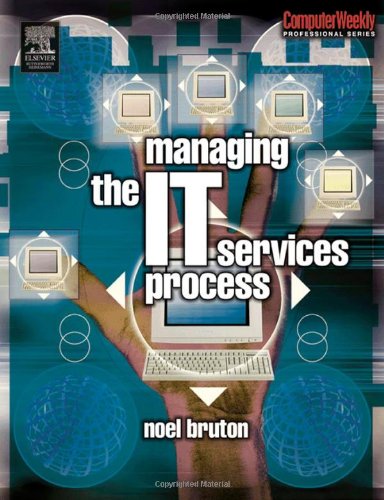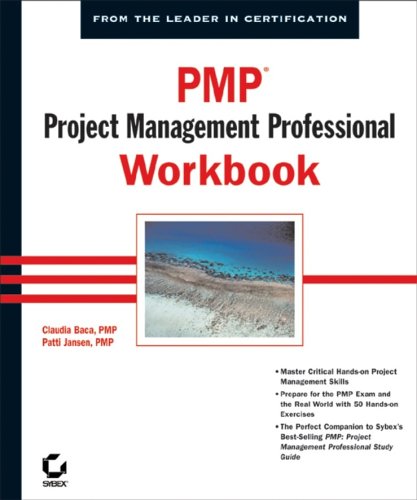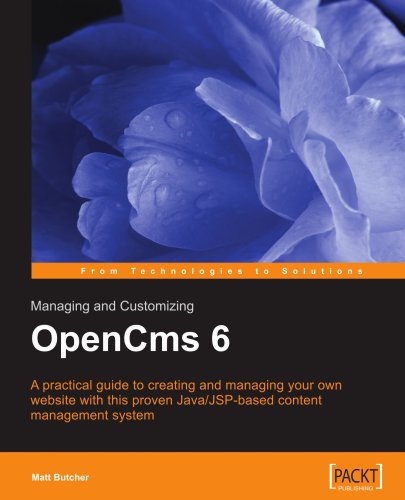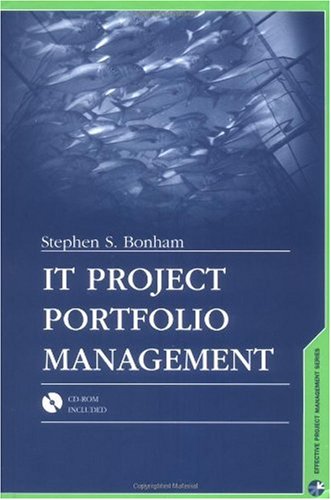Noel Bruton9780750657235, 0-7506-57235
Table of contents :
Team DDU……Page 1
Contents……Page 6
Computer Weekly Professional Series……Page 10
About the author……Page 12
About this book……Page 13
Preface……Page 14
List of case studies……Page 20
1.1 Why this book: causal factors……Page 22
1.2 Purpose and scope……Page 23
1.4 Electronic version……Page 24
IT services as a technology group……Page 25
The consequence of competition……Page 26
2.2 Who is responsible?……Page 32
Market understanding……Page 33
Affordability……Page 34
Demand assessment……Page 36
Services design……Page 37
Staffing……Page 38
Service publishing……Page 39
Operational procedures/service delivery……Page 42
2.5 The difference between a service and a process……Page 43
2.6 Principles of service identification and design……Page 45
2.7 Going into detail – types of services……Page 46
3.1 The specifics of individual service design……Page 54
3.2 The service list……Page 60
3.3 Applying service levels……Page 65
3.4 Wasted service levels……Page 66
3.5 Differentiated service levels……Page 68
3.6 Why we must formalize service levels……Page 71
3.7 Client categorization……Page 73
3.8 Service level examples……Page 74
4 The processes……Page 77
Extended service process identification method……Page 80
Abridged service process identification method……Page 83
4.2 Process/procedure design – management or staff responsibility?……Page 84
4.3 Interfaces……Page 88
Common (GND)……Page 89
Transmit (TXD)……Page 91
Receive/non-acknowledge (RX/NAK)……Page 92
4.4 Processes in practice……Page 93
4.5 The change management process……Page 96
Standard change……Page 97
Non-standard change……Page 98
4.6 Some IT services procedures……Page 100
4.7 Procedures in the non-standard change process……Page 105
5.1 Relating to the business……Page 106
5.2 A dichotomy of structure……Page 107
5.3 Towards a basic IT structure……Page 109
5.4 IT structure – the present–future split……Page 112
5.5 The ITSC – The core of IT management……Page 116
5.6 Functions in the IT department……Page 117
5.7 IT development……Page 118
5.8 IT administration……Page 120
5.9 IT services……Page 125
5.10 IT services geography……Page 126
Central IT functions……Page 131
Regional IT functions……Page 134
Local IT functions……Page 135
6.1 We’ll always need people……Page 137
6.2 Management causation of staff requirements……Page 138
6.3 The right people……Page 141
6.4 Hierarchy……Page 144
6.5 Career path……Page 146
6.6 Performance and motivation……Page 148
6.7 Managing skillsets……Page 154
6.8 How many people?……Page 155
6.10 The extended day……Page 157
6.11 Managing small-scale projects……Page 159
The implications of ‘customerhood’……Page 161
Who consumes what……Page 162
7.2 Corporate responsibility……Page 163
7.4 The user as a corporate asset……Page 164
7.5 The question of affordability……Page 166
7.6 The decline of customer service……Page 168
7.7 Client roles in the service process……Page 171
The ‘key user’……Page 177
Client-side manager……Page 178
7.9 The service level agreement……Page 179
8.1 The service level agreement (revisited)……Page 183
‘Market approach’……Page 187
‘Micro-economy approach’……Page 189
8.4 Cost justification……Page 191
9.1 Tactical view of measurement……Page 194
9.2 Strategic view of measurement……Page 197
9.3 The ‘big four’ statistics……Page 200
9.4 Quantifying the unquantifiable……Page 203
10.1 Data for data’s sake?……Page 208
10.2 Data-centric and decision-centric reporting……Page 210
10.3 Snapshot reporting……Page 211
10.4 Reporting in isolation……Page 212
SLA reviews……Page 214
Reporting as public relations……Page 216
10.6 Operational reporting……Page 217
11.1 Outline of IT services tools……Page 218
11.2 Why no purpose-built IT services tools?……Page 222
11.4 One concept to link all IT services operations……Page 224
11.5 Projects and tasks……Page 226
11.6 Match the tool to the process……Page 230
12.2 Subsuming the helpdesk……Page 232
12.3 Taking mature IT services back to basics……Page 234
12.4 Power and authority to act……Page 235
12.5 IT industry events encourage service change……Page 237
12.6 Last words……Page 238
Index……Page 240







Reviews
There are no reviews yet.